Healing and Somatic Therapy
- ALINA GUFRAN
Somatic healing can be defined as healing from trauma by listening to one’s body. When you experience something traumatic, the stress response can store itself in the nervous system and persist for years, sometimes, even a lifetime. Somatic therapy is defined by its use of the connection between a person’s mind and body to then apply psychotherapy and physical therapies during treatment. Therapists who practice somatic therapy believe a person’s inner feelings impact their physical form. They use mind-body exercises to release pent-up trauma from the mind and the body.
Somatic therapy focuses on a person’s physical and mental connection during treatment and can be done in both an individual and a group therapy setting. It can be used to help address both physical and psychological symptoms of certain mental health issues, including:
Stress
Anxiety
Depression
Grief
Addiction
Trauma and abuse
Problems with relationships
Sexual function
Key Somatic Therapy Concepts
Grounding:
Grounding is a body-based technique that refers to a person’s ability to experience themselves as deeply embodied in the moment. It involves a person sensing their physical form, engaging their senses, feeling their feet on the earth, and ultimately, calming down their nervous system.
Boundary development:
Boundary development entails having an individual focus on the present moment, empowering them to stay responsive to their changing needs, and develop clear boundaries. It helps one respond in a way that feels strong and protected.
Self-regulation:
Emphasizing the importance of mindfully staying connected to the body during stressful emotions or sensations. The goal of self-regulation is to develop an awareness of physical sensations, with the intent to regulate (or respond effectively to) emotional intensity and be able to come back into the present and not operate from a position of flight or fight response.
Movement and process:
Somatic therapies tap into an individual’s capacity to heal by listening to their body. Postures, gestures, and use of space all provide insight into a person’s experience, and in somatic therapy, they are encouraged to mindfully engage with their impulses to drive a resolution.
Sequencing:
When tension begins to release, the movement of emotion can happen throughout the body. Tension may build in the belly, move to the chest, and finally settle into tightness of the throat, or alternatively, tension may be released via tears and result in an ability to breathe more freely.
Titration:
Titration refers to a process of experiencing small amounts of distress with the goal of relieving pain. As one slowly begins to revisit past trauma, your therapist will track your body’s response and the sensations they bring up. They will check in about how you feel in addition to watching your physical response, breathing changes, clenched hands, or shift in tone of voice.
EFT or Tapping:
The basic technique requires you to focus on the negative emotion at hand: a fear or anxiety, a bad memory, an unresolved problem, or anything that’s bothering you. While maintaining your mental focus on this issue, use your fingertips to tap 5-7 times each on 12 of the body’s meridian points. Tapping on these meridian points while concentrating on accepting and resolving the negative emotion, will access your body’s energy, restoring it to a balanced state. You begin by identifying the problem you want to focus on. It can be general anxiety, or it can be a specific situation or issue which causes you to feel anxious. Consider the problem or situation. How do you feel about it right now? Rate the intensity level of your anxiety, with zero being the lowest level of anxiety and ten being the highest. Compose your set up statement. Your set up statement should acknowledge the problem you want to deal with, then follow it with an unconditional affirmation of yourself as a person.
My personal journey into psychosomatic healing began with several factors pushing me to a breaking point. The pressure of surviving as a working artist in India’s most expensive city, trying to strike the balance between money and art, several addictions like smoking and alcohol, a generalized anxiety disorder, lack of exercise and self-love and poor impulse control. After the disintegration of one of my longest standing relationships yet, I finally ventured into therapy with a holistic psycho-spiritual therapist where I experimented with a few healing modalities to see what suited me, apart from the cognitive work we set out to do. I tried working with a psychiatrist once before but I found that experience to be cold and scientific in it’s approach. Such a take on my problems was not something I resonated with and responded well to. Over two years, I’ve learnt a few things along the way and it’s helped me immensely to change my relationship with the world, and more importantly myself. Needless to say, I do have days which are more lows than highs but at least, a steady practise of certain tools have ensured that I am not battling fires constantly.

